Let's say we have pandas dataframe pd and a dask dataframe dd. When I want to plot pandas one with matplotlib I can easily do it:
fig, ax = plt.subplots()
ax.bar(pd["series1"], pd["series2"])
fig.savefig(path)
However, when I am trying to do the same with dask dataframe I am getting Type Errors such as:
TypeError: Cannot interpret 'string[python]' as a data type
string[python] is just an example, whatever is your dd["series1"] datatype will be inputed here.
So my question is: What is the proper way to use matplotlib with dask, and is this even a good idea to combine the two libraries?
